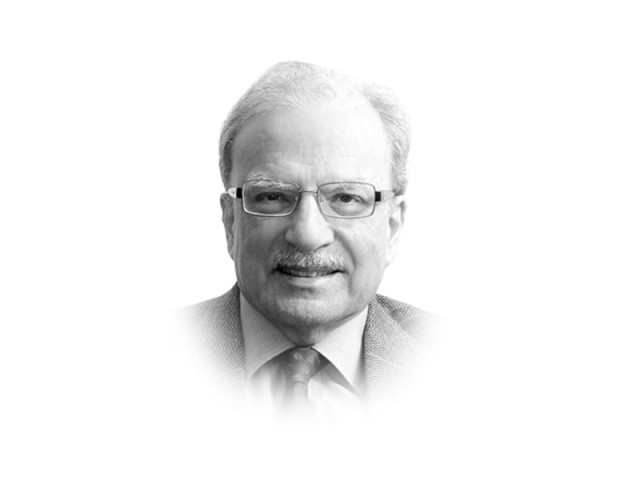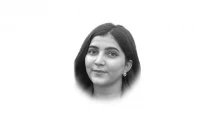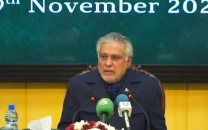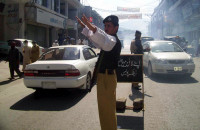Migrations and shaping of Pakistan
60 million refugees in Pakistan are divided into four distinct groups and each of them has shaped Pakistan’s history.

Migrations and shaping of Pakistan
These past movements took three directions. A very large number of people came in from the outside. The country was born in the midst of a demographic convulsion. As many as eight million Muslims left the newly-independent India and headed for the newly-born Pakistan. Six million Hindus and Sikhs moved in the opposite direction. A smaller, but still a significantly large number of people left the country and settled abroad. Millions of people moved within the country. Some of them went looking for work. Others were forced out by natural or man-made disasters. The country is currently dealing with the displacement of half a million people from North Waziristan as a result of Operation Zarb-e-Azb.
No firm estimates are available for the number of people involved in these movements so we will have to do with guesstimates. Of Pakistan’s current population of almost 200 million, a third are refugees or their descendants. Their number is probably 60 million. This is by far the highest concentration of refugees in the population of a country comparable to Pakistan’s size. The largest component of this group came from India during Partition; of the eight million Muslim refugees who came to Pakistan, some 5.5 million settled in Punjab. Many of them were accommodated on the properties left by the Hindus and Sikhs. This group was quickly absorbed since they were ethnically similar to those who lived in this area. They also spoke the same language. The descendants of this group now number about 35 million.
For most of the remaining 25 million, assimilation was much harder. This is not a homogenous group. It includes the descendants of the refugees from India, those who came later from Bangladesh when that country became independent in 1971, and those who were displaced by natural disasters and other crises. The refugees who came to Pakistan from the Muslim-minority provinces of British India such as Uttar Pradesh, Madhya Pradesh, Bihar, Delhi, Bombay, and Gujarat still stand out as a separate community. Their effort to get accommodated created ethnic tensions and associated violence in the country, particularly in Karachi. This composite group now numbers about 15 million, of which about 12 million live in Karachi. The remaining are scattered in other parts of urban Pakistan, mostly in the larger cities of southern Sindh. Of this group, those who call themselves muhajirs number about eight to nine million.
The second large-scale movement of people involved job seekers. About 10 million people were involved in this movement. A significant number of these went to Karachi. Some of those who came from Punjab returned home as the pace of economic growth picked up in the province, particularly during the presidency of Ayub Khan. The Pakhtun population stayed, locating itself in the bastis founded on Karachi’s periphery. Once opportunities in the construction industry declined, many of them took up jobs or established businesses in transport and other parts of the service sector. The current size of this population is about three million.
Once the Pakhtun areas became established in the city, they attracted the Pakhtun populations displaced by the two wars in Afghanistan. This movement of people probably added another two million, bringing the total to five million. This is equivalent to one-fourth of Karachi’s population.
To summarise this arithmetic: 60 million economic and political refugees in Pakistan are divided into four fairly distinct, but large groups and each of these four groups has shaped Pakistan’s history in different ways.
Published in The Express Tribune, July 7th, 2014.
Like Opinion & Editorial on Facebook, follow @ETOpEd on Twitter to receive all updates on all our daily pieces.











1729471601-0/image-(8)1729471601-0-208x130.webp)




COMMENTS
Comments are moderated and generally will be posted if they are on-topic and not abusive.
For more information, please see our Comments FAQ